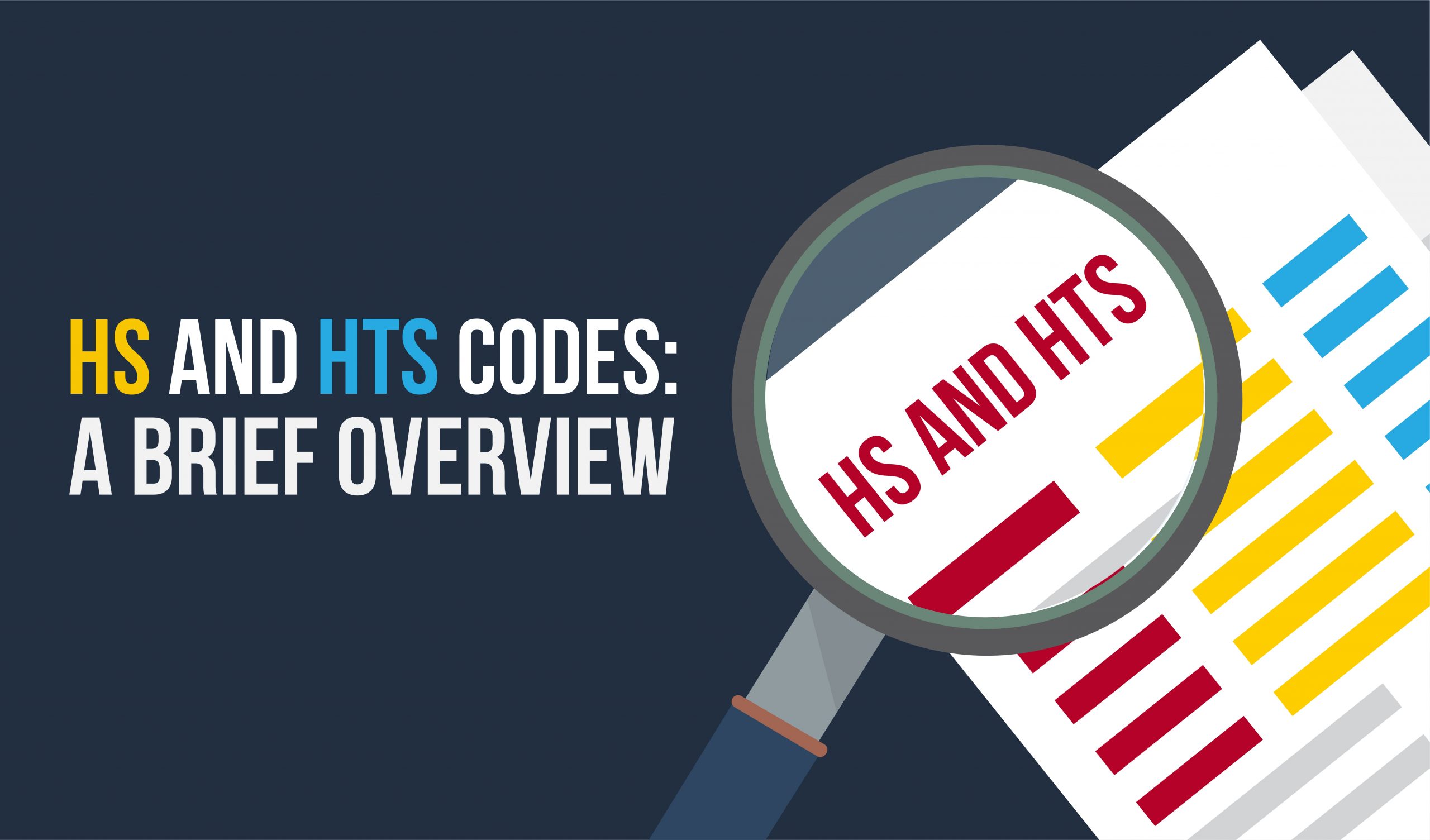
HS and HTS Codes: A Brief Overview
Time to read: 3 minutes
Reading time: 3 min 21s
E-commerce business transactions tend to involve international shipments.
But the goods being shipped across international borders need to be correctly identified and classified by the customs authority. This is why one needs to understand the HS and HTS codes as they play a significant role in this.
HS/HTS Codes: A Brief Overview
The HS Codes stands for the Harmonized System, better known as the Harmonized Commodity Description and Coding System. These HS Codes are the international standards used in the classification of globally traded commodities. The system is maintained by the World Customs Organization and took effect in 1988.
The HS Convention that was signed in 1983 has more than 205 countries as signatories. All of these countries agreed to classify their HS tariff code and duty structure in line with the standards of the HS Codes. The system was needed to ease shipping globally. The system has categories for about 5000 commodities of six-digit codes which are then broken down into 21 Harmonized System sections, along with 96 Harmonized System chapters and thousands of headings.
Structure of the HS Codes
There are four components to the HS Codes for the US and globally. These are;
- Chapter: there are 92 chapters in 21 sections. There are some exceptions, however, such as chapter 77 which is reserved for future use. Chapters 98 and 99, for example, are also limited for national use while Chapter 99 is reserved for temporary modifications.
- Heading: the heading part specifies the category to which the shipment belongs to within the chapters.
- Sub-heading: the sub-headings are the last two digits of the International Harmonized Code. These define the subcategories of products and are, therefore, more specific.
- Extra digits: extra digits are country-specific and can range from 2 to 4 digits.
Are HTS Codes Different from Schedule B Numbers?
While the US Harmonized Tariff Schedule codes are used for import categorization in the US, Schedule B Numbers, on the other hand, are used for export categorization.
So while you’ll require the HTS for import paperwork and electronic filing, you’ll need Schedule B Numbers for export paperwork and EEI filing.
The US is a signatory to the HS Convention, and it uses the six-digit HS System categorization. But then, some countries still add 1 to 4 digits after the six digits to break down the classification even further. This is often used for statistical purposes and to determine duty rates.
Understanding the HTS Sections
The HS System section is generally the highest level of customs, tariff codes customization.
There are 21 of these sections. This is employed to unify products within a broad category, such as Section II, Chapters 6 -14 that covers different types of vegetables. The World Customs Organization dictates sections. They are universal to countries that are signatories to the HS Convention.
HS Sections Code List
| SECTIONS | CATEGORY | CHAPTERS |
| Section 1 | Animal & Animal Products | Chapter 1-5 |
| Section 2 | Vegetable Products | Chapters 6-14 |
| Section 3 | Animal or Vegetable Fats and Oils | Chapter 15 |
| Section 4 | Prepared Foodstuffs | Chapter 16-24 |
| Section 5 | Mineral Products | Chapter 25-27 |
| Section 6 | Chemicals & Allied Industries | Chapter 28-38 |
| Section 7 | Plastics / Rubbers | Chapters 39 and 40 |
| Section 8 | Raw Hides, Skins, Leather, & Furs | Chapter 41-43 |
| Section 9 | Wood & Wood Products | Chapters 44-46 |
| Section 10 | Pulp of Wood or of Other Fibrous Material | Chapters 47-49 |
| Section 11 | Textiles | Chapters 50-63 |
| Section 12 | Footwear / Headgear | Chapters 64-67 |
| Section 13 | Stone / Glass | Chapters 68-70 |
| Section 14 | Natural or Cultured Pearls | Chapter 71 |
| Section 15 | Base Metals | Chapters 72-83 |
| Section 16 | Machinery / Electrical | Chapters 84-85 |
| Section 17 | Transportation | Chapters 86-89 |
| Section 18 | Precision Instruments | Chapters 90-92 |
| Section 19 | Arms and Ammunition | Chapters 93 |
| Section 20 | Miscellaneous Manufactured Articles | Chapters 94-96 |
| Section 21 | Works of Art | Chapter 97 |
How HS & HTS Codes are used
Logistics providers, as well as customs authorities, use HS and HTS Codes for a variety of uses. These can include the calculation of tariffs and duties as well as making sure that banned or hazardous products are not imported into the country. The most important value, however, happens to be the global relevance of these codes.
Finding the Right HS Code for Your Shipment
Whether you’re importing or exporting, finding and using the right HS code is very important.
ZhenHub offers budget-friendly and comprehensive shipping services that are designed to simplify your global e-commerce and logistics needs. ZhenHub can help with different steps involved in both local and worldwide shipping, warehousing and fulfilment, as well as inventory management. You can click here to learn more.
If you need assistance with reducing logistics costs, you can reach out to our specialists – hello(a)zhenhub.com or submit an enquiry here.